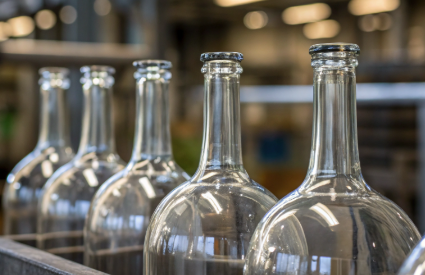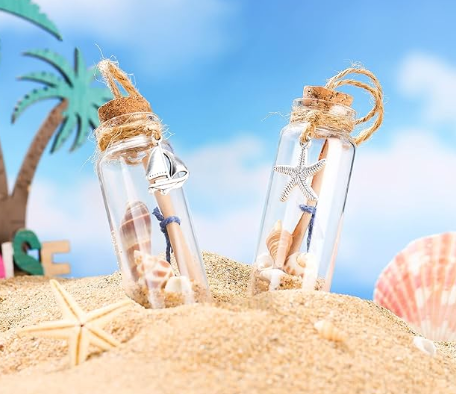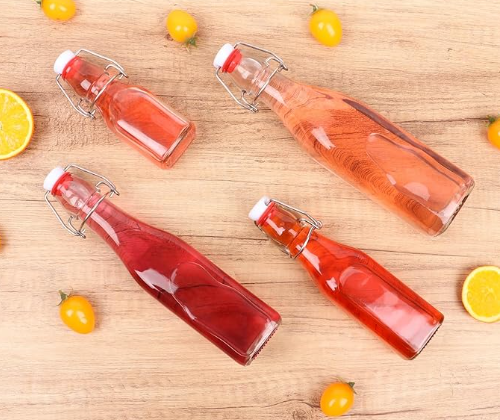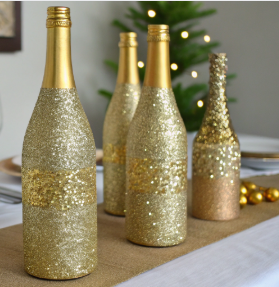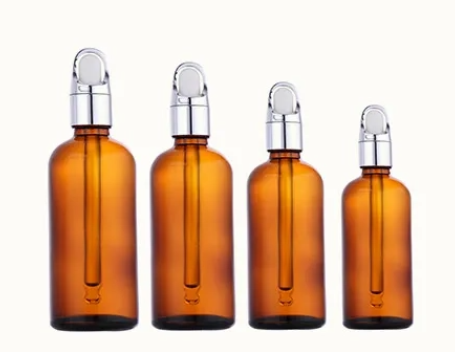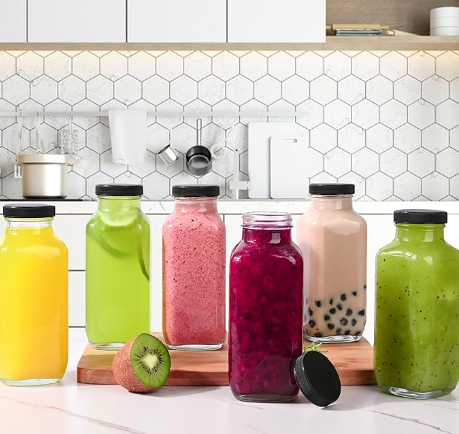Glass is one of the most versatile and widely used materials across various industries, from packaging and kitchenware to scientific instruments and luxury products. However, not all glass is the same. Among the many types of glass,high borosilicate glassandregular glass(commonly known as soda-lime glass) stand out due to their distinct properties and applications. Understanding the differences between these two types of glass is essential for manufacturers, consumers, and businesses aiming to choose the right glass for their specific needs.
AtPaupacking, we pride ourselves on offering a premium range ofGlass Bottlesmade from high-quality glass materials, including high borosilicate glass, to ensure durability, safety, and aesthetic excellence. This comprehensive guide will take you through the composition, properties, advantages, disadvantages, and practical applications of high borosilicate glass versus regular glass, helping you make informed decisions for your products and lifestyle.


1. Composition and Manufacturing Differences
High Borosilicate Glass: A Scientific Marvel
High borosilicate glass is distinguished by the addition ofboron trioxide (B2O3)to the traditional silica (SiO2), soda (Na2O), and lime (CaO) mixture found in regular glass. This addition fundamentally changes the glass's molecular structure, imparting unique properties.
-
Composition:Typically consists of about 80% silica, 13% boron trioxide, and smaller quantities of soda and lime.
-
Manufacturing:Requires higher melting temperatures (around 1650°C) and precise control to ensure the boron is properly integrated.
-
Result:A glass with a highly stable molecular network, leading to low thermal expansion and excellent chemical resistance.
This complex manufacturing process makes high borosilicate glass more expensive but offers significant performance benefits.
Regular Glass (Soda-Lime Glass): The Everyday Workhorse
Regular glass, or soda-lime glass, is the most common type of glass produced globally.
-
Composition:Approximately 70% silica, 15% soda ash, and 10% lime.
-
Manufacturing:Easier and less costly to produce, with melting temperatures around 1400°C.
-
Result:A versatile glass suitable for many applications but with limitations in thermal and chemical resistance.
Due to its affordability and ease of production, regular glass is widely used in bottles, windows, and everyday containers.
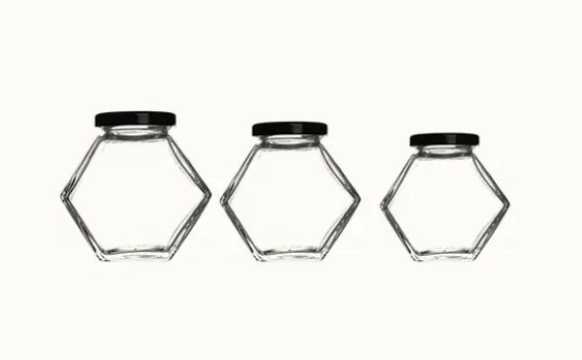

2. Thermal Resistance and Shock Durability
High Borosilicate Glass: Exceptional Thermal Performance
One of the most celebrated features of high borosilicate glass is itsremarkable thermal resistance.
-
Low Coefficient of Thermal Expansion (CTE):Around 3.3 × 10⁻⁶ /°C, meaning it expands and contracts very little with temperature changes.
-
Thermal Shock Resistance:Can withstand rapid temperature changes, such as moving from a freezer to a hot oven, without cracking or breaking.
-
Practical Implications:Ideal for laboratory glassware, oven-safe cookware, and glass bottles exposed to heat.
This thermal stability ensures high borosilicate glass products maintain structural integrity and safety even under extreme conditions.
Regular Glass: Limited Thermal Stability
Regular glass has a higher CTE, approximately 9 × 10⁻⁶ /°C, making it much more susceptible to thermal shock.
-
Vulnerability:Sudden temperature changes can cause cracking or shattering.
-
Usage:Suitable for applications where temperature fluctuations are minimal.
-
Examples:Beverage bottles, decorative glassware, and windows.
Understanding these differences is crucial when selecting glass for products exposed to heat or cold.
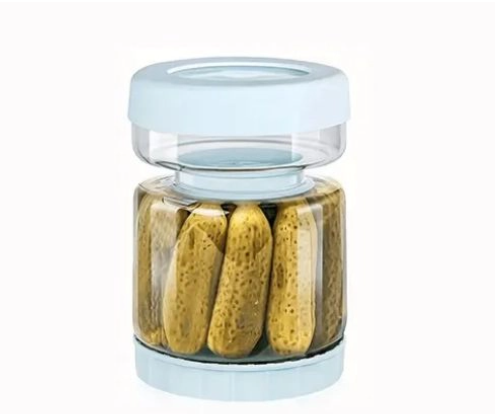

3. Chemical Resistance and Durability
High Borosilicate Glass: Superior Chemical Stability
High borosilicate glass is highly resistant to chemical corrosion.
-
Resistance to Acids and Alkalis:Can safely contain reactive substances without degradation.
-
Durability:Resistant to scratches, stains, and surface wear.
-
Longevity:Maintains clarity and strength over long periods, even with repeated use.
This makes it the preferred choice for pharmaceutical packaging, laboratory instruments, and premium glass bottles.
Regular Glass: Moderate Chemical Resistance
Regular glass offers moderate resistance but can be corroded by strong chemicals or prolonged exposure to certain substances.
-
Susceptibility:May develop surface degradation or cloudiness.
-
Suitable for:Non-reactive liquids and everyday consumer products.
-
Care:Requires careful handling to avoid damage.
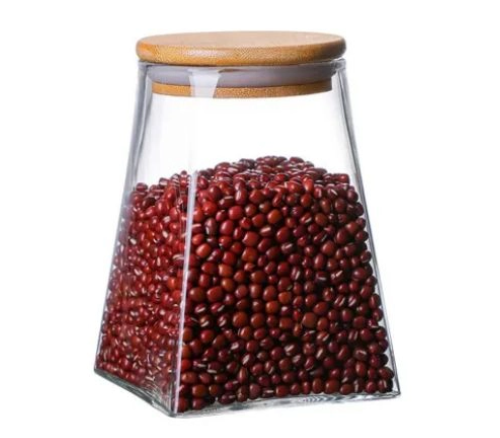

4. Optical Clarity and Aesthetic Qualities
High Borosilicate Glass: Crystal Clear and Elegant
High borosilicate glass is prized for its optical clarity and premium appearance.
-
Transparency:Offers excellent light transmission with minimal distortion.
-
Color Options:Available in clear, amber, cobalt blue, and other tints.
-
Luxury Appeal:Often used for high-end glass bottles and jars.
Its clarity enhances product visibility and consumer appeal, making it ideal for luxury packaging.
Regular Glass: Functional and Versatile
Regular glass provides good clarity suitable for most consumer products.
-
Color Variety:Available in many colors for branding.
-
Cost-Effective:Suitable for mass-market packaging.
-
Aesthetic:Practical but less refined than borosilicate glass.
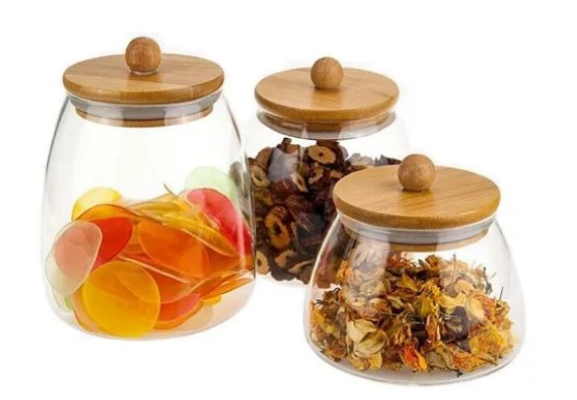

5. Cost and Availability
High Borosilicate Glass: Premium Investment
-
Production Cost:Higher due to complex manufacturing and raw materials.
-
Availability:Less common but growing in demand for specialized uses.
-
Value:Justified by superior performance and longevity.
Regular Glass: Economical and Ubiquitous
-
Production Cost:Lower, making it widely accessible.
-
Availability:Mass-produced globally.
-
Usage:Ideal for budget-sensitive applications.
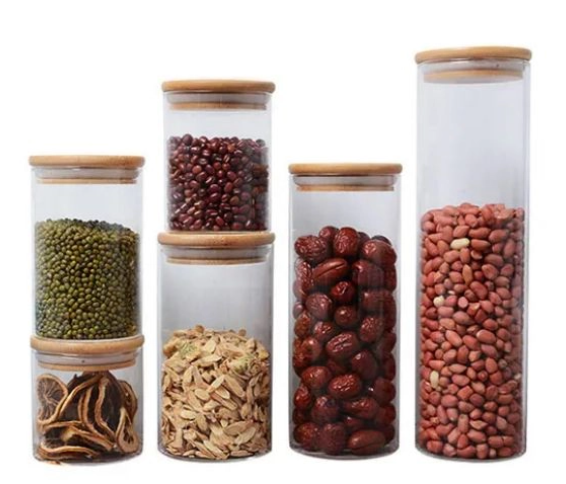

6. Common Applications
| Application Area | High Borosilicate Glass | Regular Glass |
|---|---|---|
| Laboratory equipment | Beakers, flasks, test tubes | Some containers, petri dishes |
| Cookware | Oven-safe dishes, heat-resistant containers | Glassware, storage jars |
| Beverage bottles | Premium liquor, essential oils, cosmetic jars | Soft drink bottles, water bottles |
| Decorative items | Luxury vases, collectible bottles | Everyday vases, jars |
| Medical and pharmaceutical | Syringes, reagent bottles | General packaging |
7. Handling and Care
High Borosilicate Glass
-
Care Instructions:Dishwasher safe, withstands hot water and harsh cleaning agents.
-
Handling:Resistant to thermal shock but sensitive to impact.
-
Longevity:Maintains appearance and function over years.
Regular Glass
-
Care Instructions:Gentle cleaning recommended; avoid rapid temperature changes.
-
Handling:More fragile under thermal stress.
-
Replacement:May require more frequent replacement.
8. Environmental Impact and Sustainability
High Borosilicate Glass
-
Recyclability:Fully recyclable but energy-intensive to produce.
-
Durability:Longer lifespan reduces waste.
-
Eco-Friendly Initiatives:Many manufacturers, including Paupacking, use recycled materials and sustainable processes.
Regular Glass
-
Recyclability:Widely recycled.
-
Production:Lower energy consumption but shorter lifespan.
-
Environmental Considerations:Less durable, more frequent replacement.
9. Why Paupacking Prefers High Borosilicate Glass for Premium Glass Bottles
At Paupacking, we prioritize quality, durability, and sustainability. Our selection ofGlass Bottlesincludes high borosilicate glass options that offer:
-
Exceptional thermal and chemical resistance
-
Elegant clarity and finish
-
Sustainability through recycled glass use
-
Versatility for cosmetics, essential oils, and gourmet products
Our commitment ensures your products are housed in containers that protect and enhance their value.
10. Choosing Between High Borosilicate and Regular Glass: What You Need to Know
When deciding which glass type to use, consider:
-
Application requirements: Will the glass face thermal stress or chemical exposure?
-
Budget constraints: Can you invest in premium glass for long-term benefits?
-
Brand positioning: Does your product require luxury packaging?
-
Sustainability goals: How important is eco-friendliness in your packaging?
Paupacking offers expert consultation to help you select the perfectGlass Bottlestailored to your needs.
Comparison Table: High Borosilicate Glass vs. Regular Glass
| Feature | High Borosilicate Glass | Regular Glass (Soda-Lime) |
|---|---|---|
| Composition | Contains boron trioxide | Silica, soda ash, limestone |
| Thermal Expansion | Very low (3.3 × 10⁻⁶ /°C) | Higher (9 × 10⁻⁶ /°C) |
| Thermal Shock Resistance | High; withstands rapid temperature changes | Low; prone to cracking |
| Chemical Resistance | Excellent; resistant to acids and alkalis | Moderate; susceptible to corrosion |
| Optical Clarity | High clarity, premium appearance | Good clarity, mass-market appeal |
| Durability | High; scratch and impact resistant | Moderate; more fragile |
| Cost | Higher production cost | Lower cost, widely available |
| Common Uses | Labware, cookware, premium packaging | Windows, bottles, jars |
| Environmental Impact | Durable, recyclable, energy-intensive | Recyclable, less durable |
| Paupacking Product Line | PremiumGlass Bottles | Standard glass bottles |
Conclusion
High borosilicate glass and regular glass serve different purposes based on their unique properties. High borosilicate glass offers superior thermal resistance, chemical stability, and durability, making it ideal for premium applications requiring longevity and safety. Regular glass, while more economical, suits everyday uses where extreme conditions are not a factor.
AtPaupacking, we emphasize quality and sustainability by offering a premium range ofGlass Bottlescrafted from high borosilicate glass to ensure your products are protected and presented with elegance. Whether you need packaging for cosmetics, essential oils, gourmet foods, or specialty products, Paupacking provides the perfect glass solutions tailored to your brand’s needs.
Explore our collection today and experience the unmatched benefits of high borosilicate glass.




